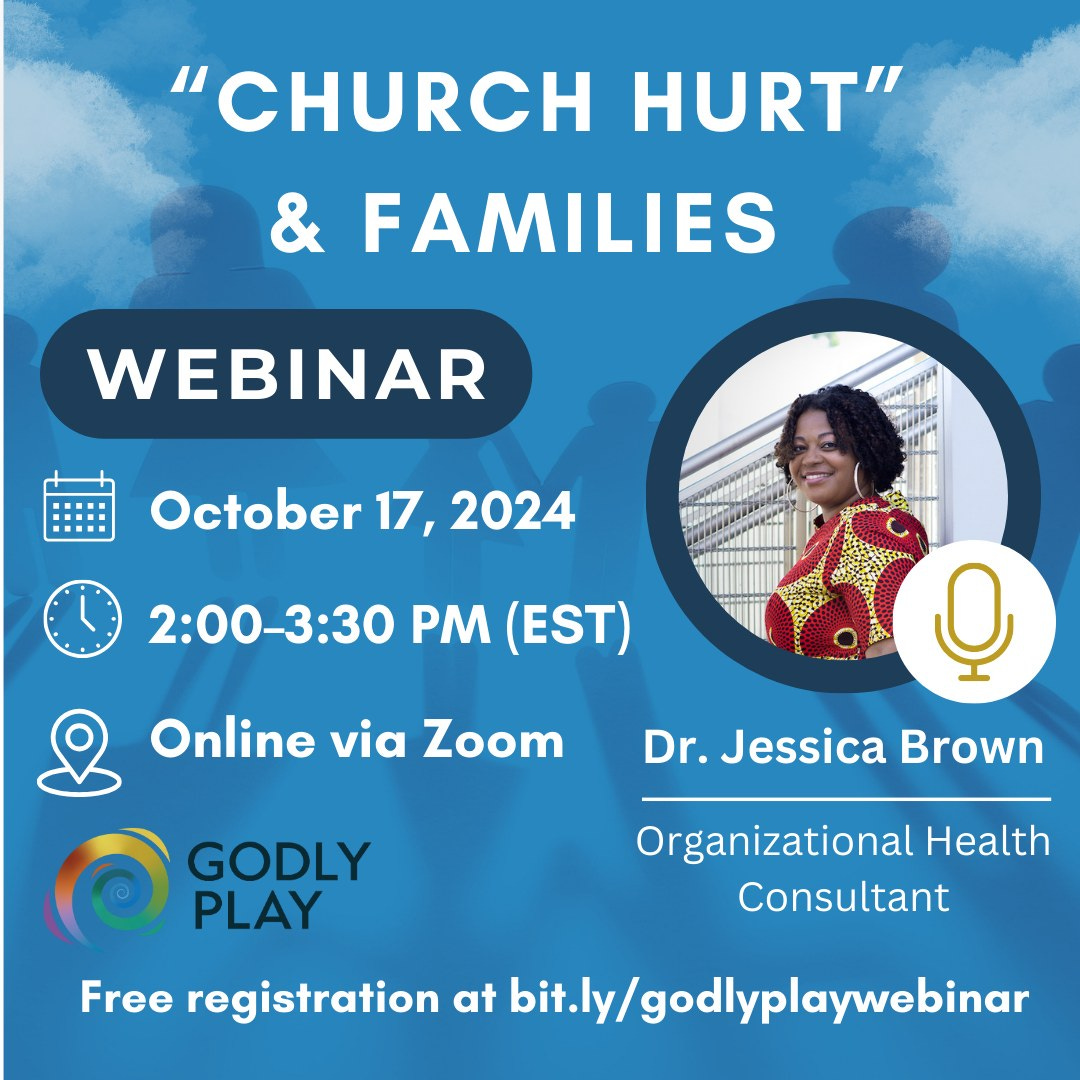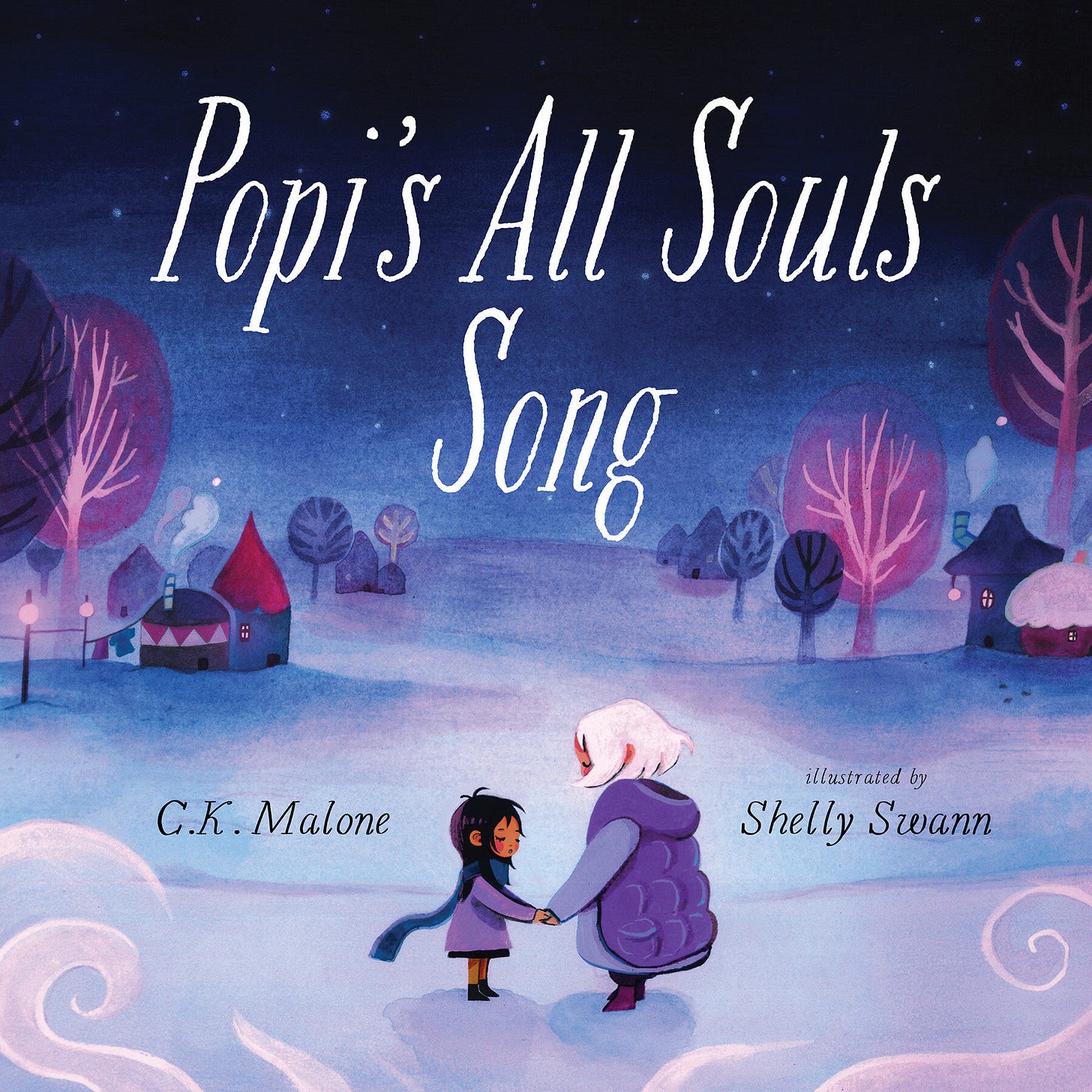Back To School With Bird, pt. 3
– And Then Back To Our Regularly Scheduled Programming
Dear Friends,
This week’s newsletter is the last part of a 3-part series sent over the last few weeks. You can find part 1 and part 2 at the links.
I think it’s time for us to wrap up this series, at least for now. So, where were we?
The bottom line of last week’s newsletter was that, although it superficially seems like the work of embracing neurodiversity and supporting neurodivergent community members would be focused on cognitive differences, it’s actually a full-body undertaking.
In talking about the complexity of proprioception, core strength, and text formatting needs, among other topics, we were able to see some of the aspects of this essential, complex scope. This week, though, I want to go back to basics in another direction. Let’s talk about mental health.
We would be remiss to try to talk about neurodivergence without talking about mental health conditions like depression and anxiety, obsessive-compulsive disorder, bipolar disorder, and eating disorders, among others.
I want to start at my own beginning, which is that I was a significantly mentally ill teen who found a lot of comfort in my church community, particularly a handful of my youth group and confirmation class friends. I have vivid memories of lying on the floor of our sanctuary on late weekday afternoons, staring up at the ceiling waiting for church band practice. I also have memories of scrupulously tearing up napkins with anxiety on a confirmation retreat and memorizing huge chunks of liturgy to try to push my deep depression further down below the surface of my consciousness.
These are stories from the early-mid 2000s when my ELCA congregation was about as prepared for my mental illness as it was for my lesbianism, which is to say they absolutely were not.
Today, the conversation is decidedly alive, even as it continues to make people uncomfortable. Resources like Sarah Griffith Lund’s Blessed Youth address the unique challenges of our present moment and offers essential mental health resources, while offering stories rooted in personal experience that bring readers close to the pain at the heart of crisis. It’s not about desensitization to that pain, but it does seem critical that those ministering to young people don’t walk into those moments of greatest need unprepared for their own emotional response to the situation.
Mental Illness & Ministry
What does including and supporting mentally ill children and youth look like in practice?
Learn Mental Health First Aid! Meeting someone in crisis with the wrong responses can have much more significant consequences than other inclusion failures. It’s one thing to come up with the wrong assortment of sensory supports or realize your elevator isn’t working. It’s another to say something that deepens the hurt and isolation of someone dealing with suicidal thoughts. Mental health first aid had a real moment in church contexts during the first year or so of the COVID-19 pandemic, but it’s important to stay up to date.
Be Open To The Scary Stuff: In Godly Play, we emphasize the need to provide the language and frameworks for children to grapple with existential limits like mortality, aloneness, and meaning. Conversely, when we avoid these topics, children still come up against these issues, but without the tools to manage them. Even though it can be terrifying to talk about death and violence with young children, doing so in age appropriate ways can ensure that they have the tools they need to cope with those topics without being overwhelmed as they grow to understand the world more deeply.
The other part of being open to the scary stuff is really being able to hear young people say things about their lives and experiences that you may find upsetting without responding with horror or overreacting in ways that make the situation worse. I find the way this 2023 article from Religion News about the nature of youth ministry today to be relatable; it begins, “Brayden Bishop, a youth pastor in Texas, is just 25 years old. But when it comes to working with teens in crisis, he’s a seasoned veteran. Some of the teens and middle-schoolers he works with are also practiced in talking about suicide — so much so that they toss out disclaimers, aware that going too far may trigger mandatory reporting.
“They will say, deadpan, in the middle of talking about a mental health struggle, ‘I’m not a danger to myself or others,’” said Bishop. “Then they will kind of laugh about it and move on.”
As a teenager, I knew there was a lot that I couldn’t say because I knew the risks of disclosure. I didn’t trust even the professionals around me with the whole truth, never mind the volunteers who oversaw my church programming. There’s a big difference between engaging with a young persons’s disclosures about their mental health and asking what they need and deciding what they need on their behalf, no matter how well-meaning that response is. Our mental healthcare system is too broken for that.Create Commitments: Lots of churches demonstrate their allyship with the LGBTQ community with flags and pins and participation in pride parades, but what would it look like to demonstrate material commitments to mental health support? Connecting with groups like NAMI’s FaithNet, a network that understands how to connect spiritual practices and communities with evidence-based resources. We can remain rooted in our faith and the importance of prayer without spiritualizing mental health crises in a harmful way, such as by suggesting that mental illness is a sign of weak faith.
Another way of demonstrating your support for mental health issues is to engage in the same sorts of activities you would for less stigmatized conditions. For example, many parishes participate in walks and fundraisers for causes like ending hunger or breast cancer research. Participating in things like the Out of the Darkness Overnight Walk, which is put on by the American Foundation for Suicide Prevention, can open up dialogue around this topic and create opportunities for people to connect around a topic they might not otherwise talk about.Know Religiously-Linked Manifestations of Mental Illness: Obviously none of us want to assume that someone’s religious devotion is an indicator of mental illness, but there are a few cases in which that may be the case and can indicate the need for serious intervention or treatment. This includes preoccupation with religious obligations and moral propriety, which can be a sign of a kind of obsessive compulsive disorder known as religious scrupulosity, or cases in which someone seems to be experiencing religious delusions, including hearing voices or experiencing hallucinations, which can be symptoms of a manic episode in those with bipolar disorder or a symptom of schizophrenia.
Knowing the signs of serious mental illness as they are tied to religion is especially important for those who work with teens, as first episodes of psychosis often occur in the late teens – and there’s significant research suggesting that intensive treatment for first-episode psychosis can make a big difference in long-term prognosis. We want to foster deep and meaningful faith in our young people, but we don’t want our desire for such faith to prevent us from seeing symptoms until there’s more substantial decompensation. For those who do experience such manifestations of mental illness, it can take a lot of support to help them to reintegrate into their faith communities in healthy ways that don’t trigger those distorted beliefs.
There is real evidence that faith can help guard against anxiety, depression, and suicide, particularly in youth – it’s a powerful social determinant of health, but part of that is ensuring that your community is offering young people a version of Christianity that actively resources them and meets them where they’re at, because that’s what Jesus does.
Once again, we see that a comprehensive approach to neurodiversity requires a lot of complex knowledge that perhaps aren’t the first things you’re thinking about. The ideas behind helping kids with ADHD thrive in worship are a lot different than the factual information we need to identify early signs that a high schooler is hearing voices, and all of it is impossible. And, as this series began, this is a reminder to say what you mean. If you don’t intend to include complex mental illness, for example, then neurodivergence isn’t the word you’re looking for to describe your work.
Resource Round-Up
As we return to our regularly scheduled programming, expect my notes for the Feast of St. Francis next week! Until then –
The Godly Play Foundation has a really important workshop on “Church Hurt” & Families coming up on October 17 with Dr. Jessica Brown. This topic is so pressing for the religious education community because so many of us are trying to swim upstream against the harm of a previous generation’s work. Simply put, we can’t offer a healthy faith to children whose parents are afraid to step foot in a church. You can register for the webinar here.
ReFocus Ministry put together set of posts about what children “get” out of being in church, and how to reframe what we mean by that question. In particular, they point to several distinctions, in particular that church is more than the sermon and that asking what children get out of being in church demands that we think beyond the expectation that children act like tiny adults. It’s a great resource for explaining why children belong in church and not relegated to alternative programming! (This Sunday, for example, my small friends were very interested in learning about the materials for our Eucharistic visitor, as they hadn’t been up to the altar since we reestablished the regular use of this practice.)
Happy Book Birthday to Glenys Nellist’s Gathered at the Table, which is out today! Glenys’s books have become such an essential piece of my program library.
I’ve got special programming on my agenda for All Saints Day this fall, but as part of that Triduum we also get All Souls Day, and to go with that there’s the new Popi’s All Souls Song by C.K. Malone. It’s a gorgeous addition to our textual options for exploring grief and tradition with children.
As noted, we’ll go back to a more standard lectionary operation next week, along with our usual resource roundup. Until then –
Peace,
Bird





